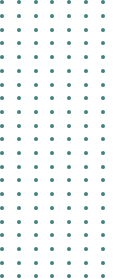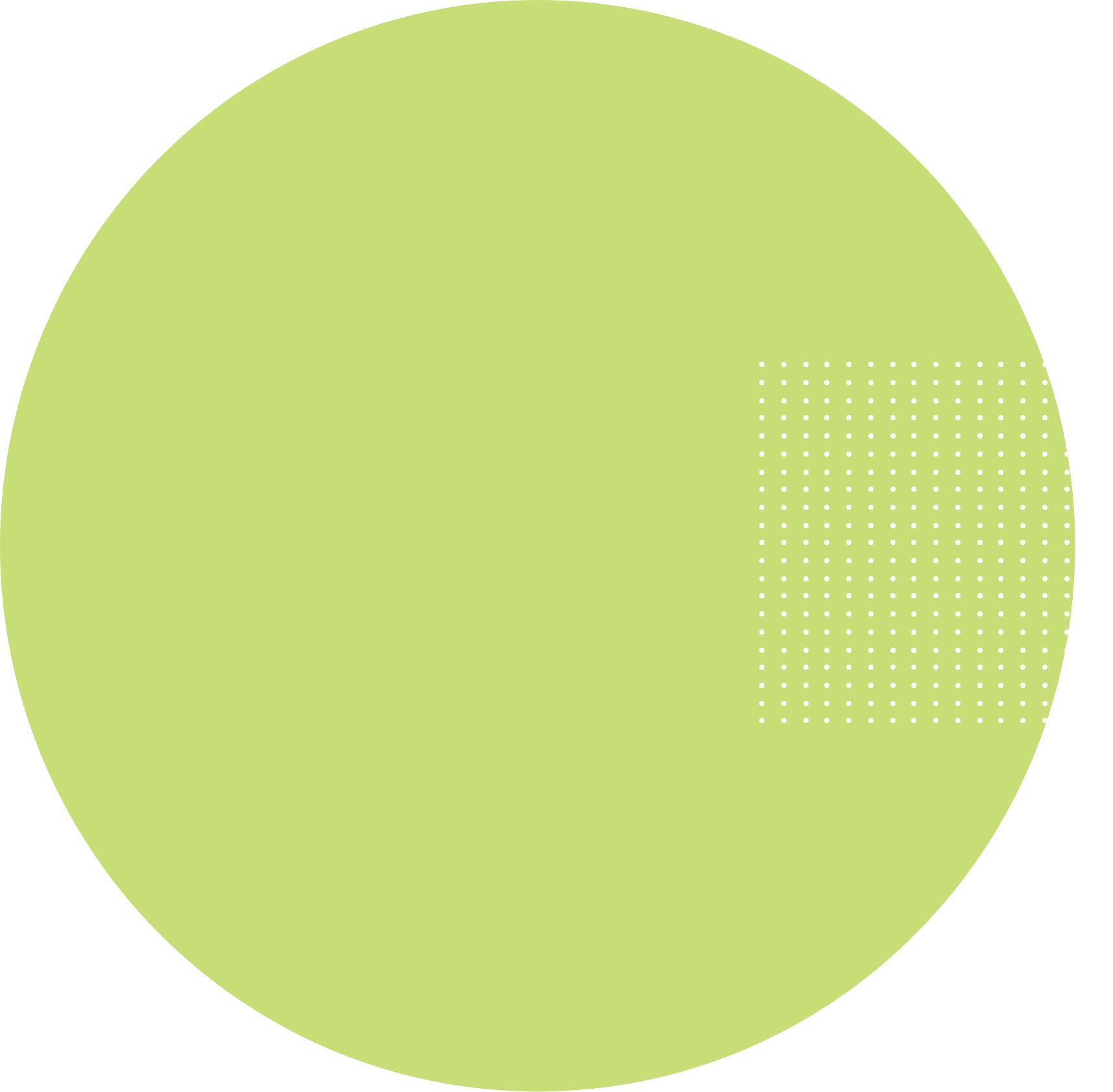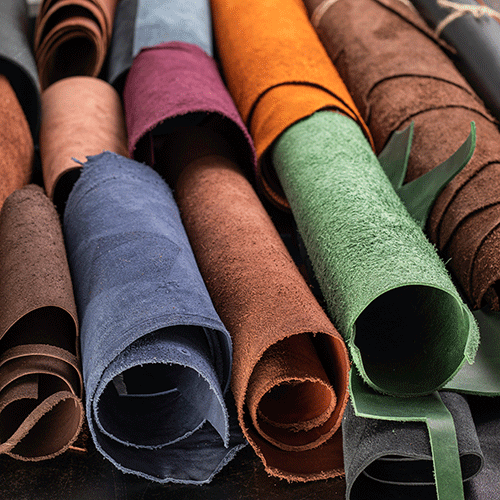
Chrome VI (Chromium VI) is a restricted substance regulated internationally due to its carcinogenic and sensitizing properties. It is the responsibility of brands, retailers, and manufacturers to ensure that chrome VI risk is minimized in the supply chain so that consumers and workers are protected.
The formation of chrome VI is often associated with leather manufacturing. Under certain environmental conditions, Chromium III tanned leather can form traces of chromium VI. The conversion from chromium III to chromium VI is an oxidation process. It can be facilitated by factors like heat, UV radiation, pH changes, unsaturated organic compounds (e.g. natural fats), oxidizing agents, and other factors. Often several of these factors need to be present at the same time.
The formation of hexavalent chromium (Chromium VI) from chromium III can be slow, which means that articles not containing chromium VI directly after leather production may develop some chromium VI during transport and storage, especially where the conditions outlined occur.
Chrome VI formation is a leather manufacturing problem, although, under well-managed production conditions, chrome-tanned leather should pose a low risk of conversion. Poor process control, poor quality chrome powder, incorrect chemical selection and adverse storage conditions can cause the formation of the harmful hexavalent form of chromium.
Digital Chrome VI Risk Profiler Tool
Due to the complex nature of chrome VI formation, risk management can be challenging. The Eurofins leather competence centre understands the contributing factors to chrome VI formation. The Eurofins team developed a digital tool to help customers assess the risk of chrome VI formation in leather from their suppliers.
Read more about our chrome VI risk profiler tool.
Chrome VI audits
Further to our digital chromium VI risk profiler tool, Eurofins can provide chrome VI audits for leather manufacturers to help assess and advise, including intervention audits for those that need support, or where a retailer wants to validate the supplier’s risk profiler inputs.
The audit process comprises
- A site visit and process audit
- A review and risk assessment of all the chemicals used within the process
- A review and risk assessment of key leather test results
We can audit manufacturers and their supply chains. Post-assessment our Eurofins leather expert will advise on best practices, chrome VI avoidance and risk mitigation.
Chrome VI testing
Eurofins can offer chrome VI testing at our accredited laboratories to measure its levels in leather samples of product. As chrome VI formation can increase with ageing, we offer testing both with or without ageing using the Determination of Chromium VI content by BS EN ISO 17075 part 1 and part 2.
Our chromium VI ageing tests include:
- Heat leather ageing
- Ultra Violet (UV) leather ageing
Chrome VI prevention
Where there are risks of chrome VI identified in your leather sample of product, we offer services to help remediate its formation. Once all other steps are taken to reduce and eliminate chrome VI formation, we can help investigate the use of 6-2-3, a unique patented chemical formulation designed to reduce the levels of hexavalent chromium found in leather.
All services
Our services
Why Eurofins Sustainability Services?
Specialist experience in leather, textiles, paper, packaging and plastics

Multiple testing facilities

Complete package from biodegradability to toxicity impacts and plant response
Can be linked with the microplastic analysis of degradant


